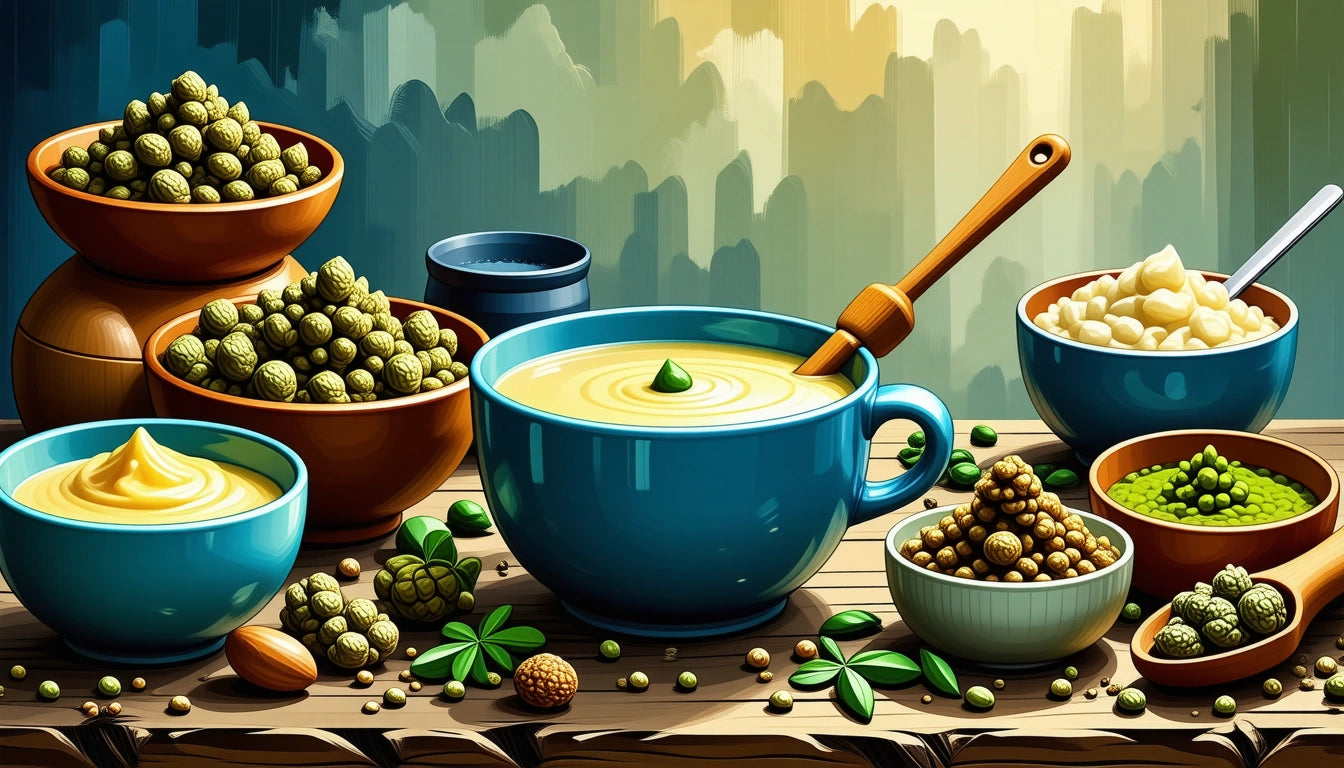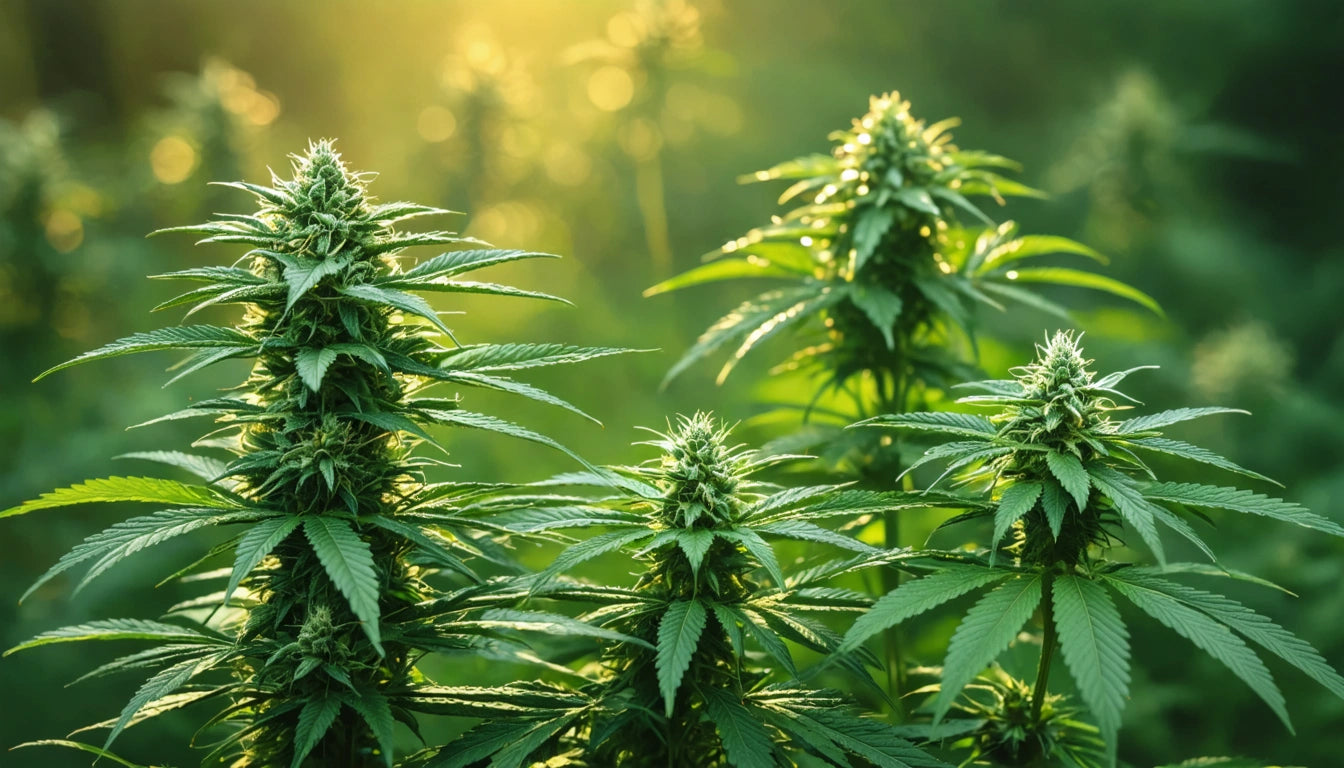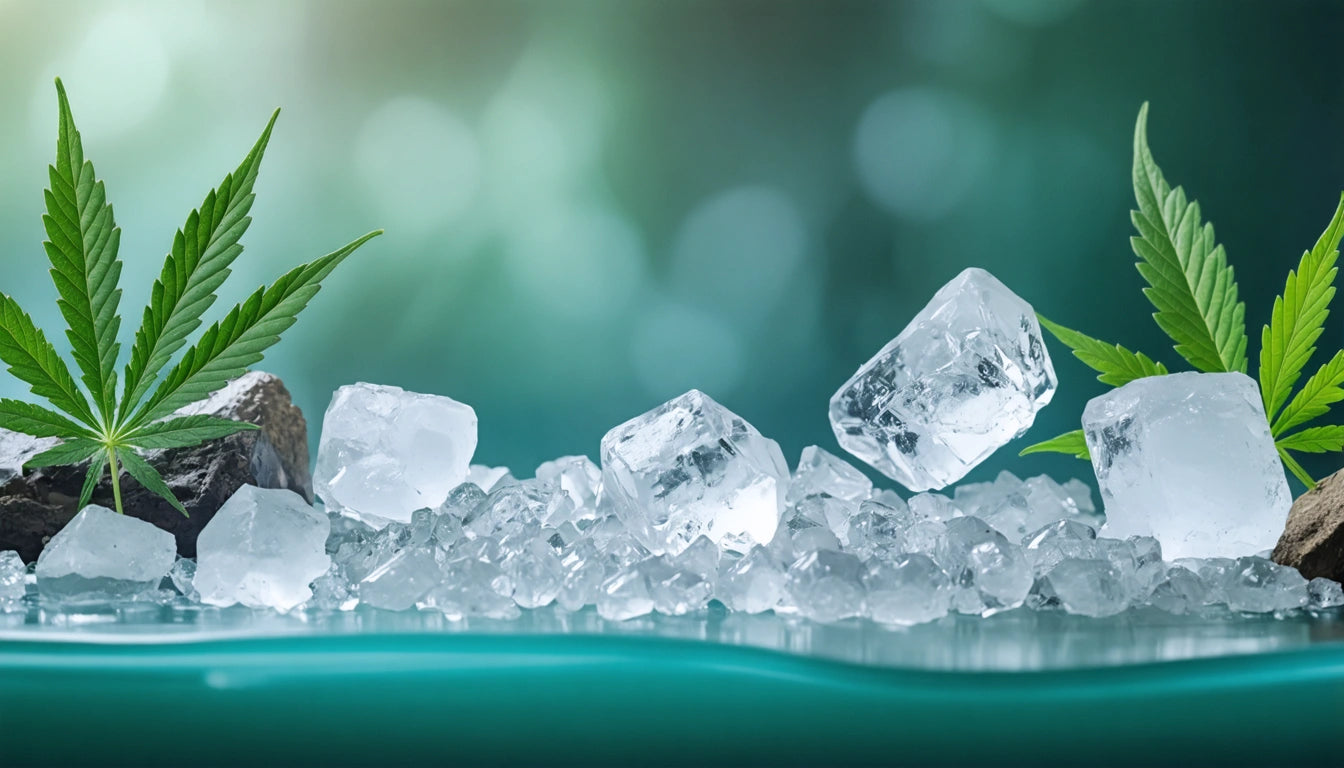Table of Contents
How to Make the Best Cannabutter: Tips, Techniques, and Comparisons
Creating homemade cannabutter is a fundamental skill for anyone interested in cannabis edibles. The process transforms ordinary butter into a versatile infusion that serves as the foundation for countless recipes. While the concept is straightforward, achieving potent, great-tasting results requires attention to detail and proper technique.
Understanding Cannabutter Basics
Cannabutter is simply butter infused with activated cannabis compounds. The fat in butter binds effectively with cannabinoids like THC and CBD, creating a medium that's perfect for cooking and baking. The best cannabutter balances potency with flavor, avoiding the overly grassy taste that can come from improper preparation.
Before beginning, it's important to understand that the quality of your cannabutter depends on several factors: the cannabis material used, proper decarboxylation, infusion time, and straining technique. Each element contributes to the final product's potency, flavor profile, and overall quality.
Essential Ingredients and Equipment
To make high-quality cannabutter, you'll need:
- Cannabis flower, trim, or shake (7-14 grams per cup of butter is common)
- Unsalted butter (European-style with higher fat content works best)
- Baking sheet and parchment paper for decarboxylation
- Medium saucepan or slow cooker
- Thermometer (to monitor temperature)
- Cheesecloth or fine mesh strainer
- Storage container (preferably glass)
- Optional: Lecithin (to increase bioavailability)
Using quality ingredients is crucial. Higher-grade cannabis produces more potent and better-tasting cannabutter, while premium butter contributes to a smoother final product.
Decarboxylation: The Critical First Step
Decarboxylation (or "decarbing") is essential when making cannabutter. This process converts THCA in raw cannabis into psychoactive THC through heat exposure. Skipping this step results in significantly less potent cannabutter.
To decarboxylate cannabis:
- Preheat your oven to 240 °F (115 °C)
- Break up cannabis into small pieces (not too fine)
- Spread evenly on a parchment-lined baking sheet
- Bake for 30-40 minutes, stirring halfway through
- The cannabis should turn light to medium brown and feel dry
For those concerned about odor, using a proper drying and preparation method can help minimize the smell while achieving optimal decarboxylation.
Best Methods for Making Cannabutter
Stovetop Method
The traditional approach involves simmering on low heat:
- Melt butter with equal parts water in a saucepan
- Add decarboxylated cannabis
- Simmer on low heat (160-180 °F) for 2-3 hours, never boiling
- Stir occasionally and monitor temperature
Slow Cooker Method
For a more hands-off approach:
- Add butter and decarbed cannabis to slow cooker
- Set to low (160-180 °F) for 4-6 hours
- Stir occasionally if possible
Mason Jar Method
For reduced odor:
- Place decarbed cannabis and butter in a sealed mason jar
- Place jar in a water bath in a slow cooker or pot
- Heat on low for 4-6 hours
According to our comprehensive guide on cannabutter ingredients and measurements, the fastest way to make cannabutter is using a pressure cooker or Instant Pot, which can reduce infusion time to 30-40 minutes while maintaining potency.
Using Different Cannabis Materials
Cannabutter can be made with various parts of the cannabis plant:
Using Flower
Cannabis flower produces the most potent cannabutter but is also the most expensive option. For the strongest cannabutter, use 1/2 to 1 ounce of high-quality flower per cup of butter.
How to Make Cannabutter with Trim or Shake
Trim and shake are excellent economical alternatives. When making cannabutter with trimmings or shake, increase the amount by about 30-50% compared to flower to achieve similar potency. Many home growers prefer utilizing their homegrown plants for making cannabutter from trimmings.
Using Leaves
Cannabis leaves contain less THC but can still be used. When making cannabutter with leaves, double or triple the amount compared to flower, and expect a grassier flavor profile.
To maintain freshness of your cannabis materials before processing, consider using humidity control packs to preserve terpenes and prevent your cannabis from becoming too dry or developing mold.
Straining and Storing Your Cannabutter
The best method for straining cannabutter involves multiple stages:
- Use a coarse strainer first to remove larger plant material
- Strain again through cheesecloth or a fine mesh strainer
- Optional: For ultra-clean butter, strain a third time
After straining, refrigerate the butter to separate it from any remaining water. The butter will solidify on top, allowing you to drain the water. For extended shelf life, store in an airtight container in the refrigerator (2-3 weeks) or freezer (up to 6 months). Learn more about proper storage techniques to preserve potency and flavor.
Cannabutter vs. Cannaoil Comparison
When comparing cannabutter vs. cannaoil, consider these differences:
- Flavor: Cannabutter has a richer taste that works well in baked goods
- Versatility: Cannaoil is more versatile for different cooking methods
- Shelf life: Cannaoil typically lasts longer than cannabutter
- Dietary concerns: Cannaoil is dairy-free and often preferred for vegan recipes
The choice between cannabutter and cannaoil often comes down to the specific recipe and dietary preferences. For comprehensive information on making both, check out our ultimate guide to cannabutter and canna-infused products.
Troubleshooting and Quality Assessment
What does good cannabutter look like? Properly made cannabutter should have a green-yellow to olive color, depending on the starting material. Too green indicates excess plant material, while too yellow might mean insufficient infusion.
If your cannabutter tastes too "planty," consider water curing. Learning how to wash cannabutter can improve flavor:
- Melt your finished cannabutter in warm water
- Refrigerate until the butter separates and solidifies
- Drain the water and repeat 2-3 times
This process removes water-soluble impurities while retaining the fat-soluble cannabinoids.
By following these techniques and tips, you'll be able to create potent, great-tasting cannabutter for all your edible creations. Remember that homemade edibles can be quite potent, so always start with a small portion and wait at least two hours before consuming more.











Leave a comment
All comments are moderated before being published.
This site is protected by hCaptcha and the hCaptcha Privacy Policy and Terms of Service apply.